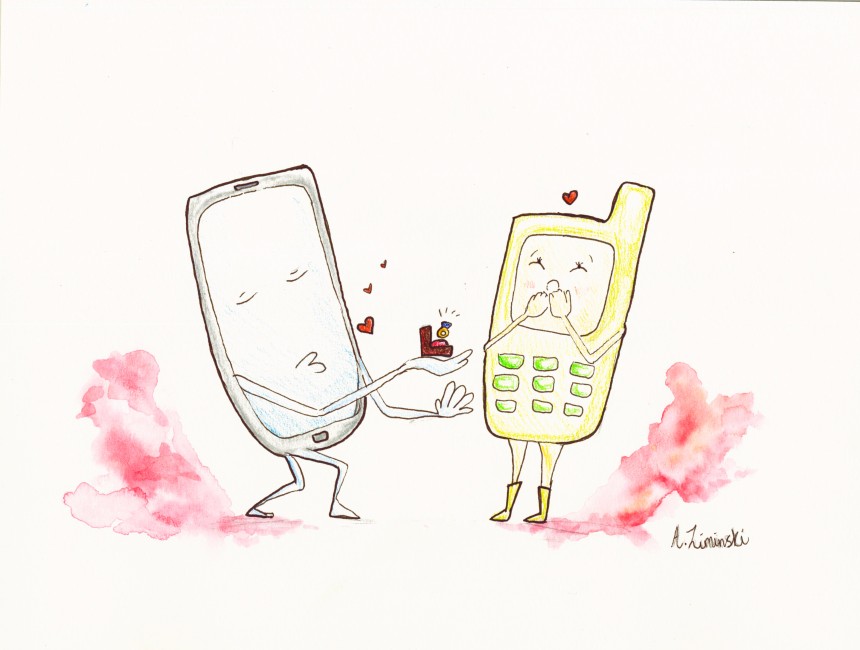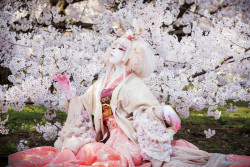
August 27, 2018
The Tinder Alternative
Delving into the surreal world of Japanese dating apps
The way humans find love is a fascinating phenomenon, one that has evolved consistently with society. In the ‘90s technology boomed and once again altered the playing field — and did so rapidly, straying from computers to mobile phones, with dating app giants like Tinder and Bumble. These apps are quite popular in Japan, but Japan, naturally, has its own take on this.
While Tinder is still one of the most used dating apps in Japan (ranking 3rd in popularity), it doesn’t address different cultural dating nuances. As an effect, it’s generally used casually and without care. A momentary swipe leads to a match, which leads to a date, all within the space of a week. This fast-paced style is meant to simulate, the same way many Westerners meet in bars – you find someone attractive and give them a wink across the dance floor; on Tinder, you swipe right.
On the other hand, dating in Japan is full of intricacies and unspoken rules that are difficult for a foreigner to wrap their head around. Some of these nuances might seem shocking to foreigners on first dates with Japanese. Other things, a foreigner might miss altogether – like the fact that Christmas is a romantic holiday in Japan.
One of Japan’s highest ranking apps, Pairs, reflects Japanese dating customs. Developed by Japanese startup Eureka Inc., the app aims to slow the process down, contrary to Western apps. They encourage you to take your time and make informed decisions about potential dates, like an annoying friend who judges your past boyfriend choices. Evidently this is quite the hit, with the app gaining over seven million users since it began in 2012.
When creating a profile on Pairs, you are expected to answer a bombardment of what may seem like invasive questions, but are considered key factors in matchmaking in Japan — including your blood type. A foreigner wouldn’t connect blood type to marriage-ability, but there is a hidden cultural answer to these questions; for example, if you are blood type O, you are more laid-back and thus complement type B, who is creative and messy. You can also be very specific, only looking for someone who has a high income, shares the same interest in punk-rock or is 26.5 years old, if you so choose. This means you are saved from asking the awkward questions yourself (such as “How tall are you?’’ or “Can you financially provide for me and our future children?’’). Your wage is, of course, listed. Finally, the cherry on top is the public “popularity” chart, showing who is ranking highest in likes, and essentially desirability.
Furthermore, the app’s social dynamic respects traditional Japanese hierarchy: depending on their age or job, your crush may have to be spoken to in a certain way or treated accordingly — e.g. the same way a junior in a company has to pour sake for his senior. Dating app rival Omiai (omiai means matchmaking) also maintains another traditional aspect in its application: unlike Pairs, men are required to pay a subscription fee – a fact that wouldn’t be taken lightly in other countries, but a standard upheld across Japan.
These apps may seem strange to Westerners, but they are true to Japanese dating culture. And before we judge Japanese dating culture on apps and in general, we should also consider the society that created the conditions in which dating culture is restricted. Beyond traditional social barriers and family expectations, time is more restrictive, with some people having between little to none. Do the factors these apps base their judgments on espouse love? That’s a question I can’t answer. But if you are looking for a serious relationship in Japan, try these apps if you dare – you only need to be aware that the hurdles you jump are higher when plunging into the world of Japanese dating apps.






イメージ(俯瞰)_Deck-Nicknamed-T-DeckOverlooking-view-image-1-390x250.jpg)
